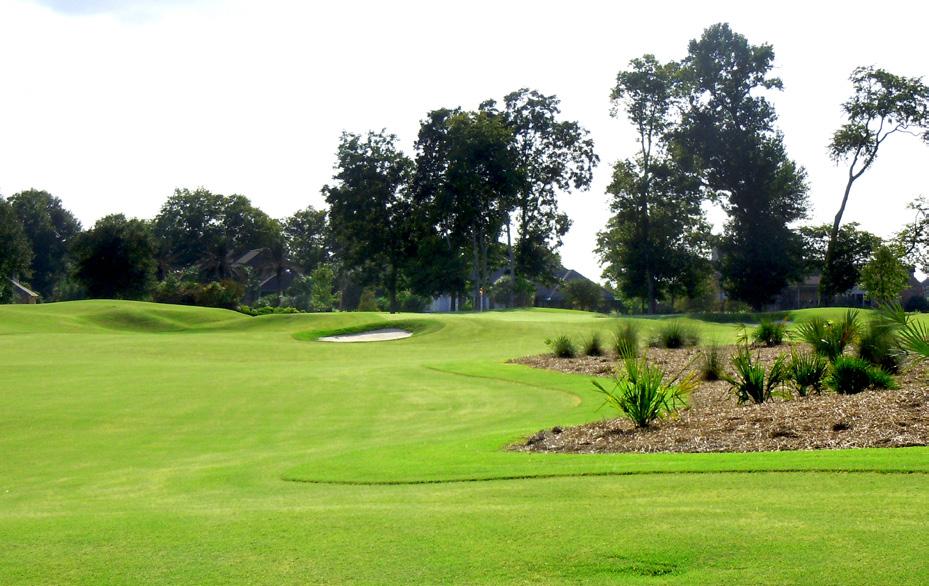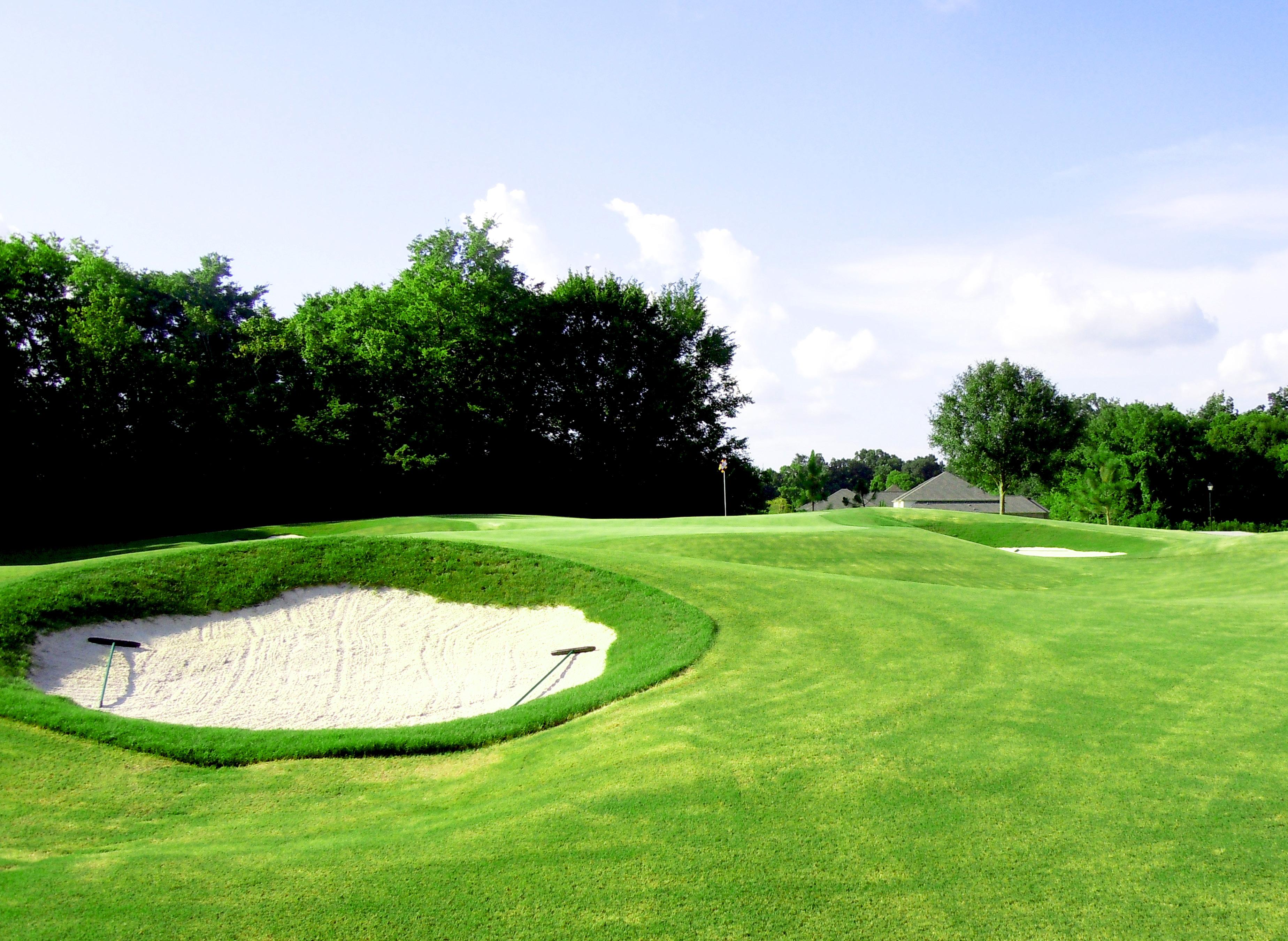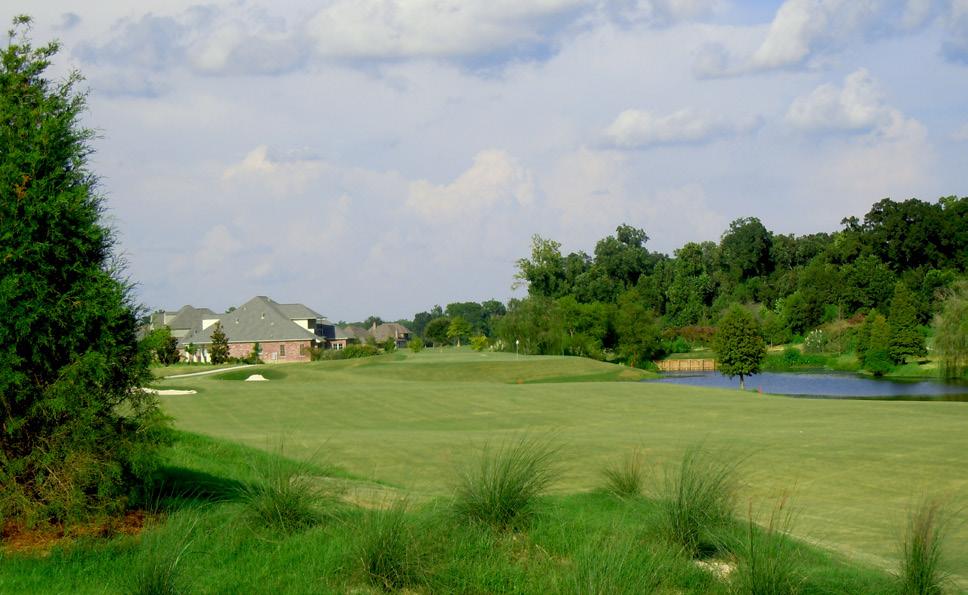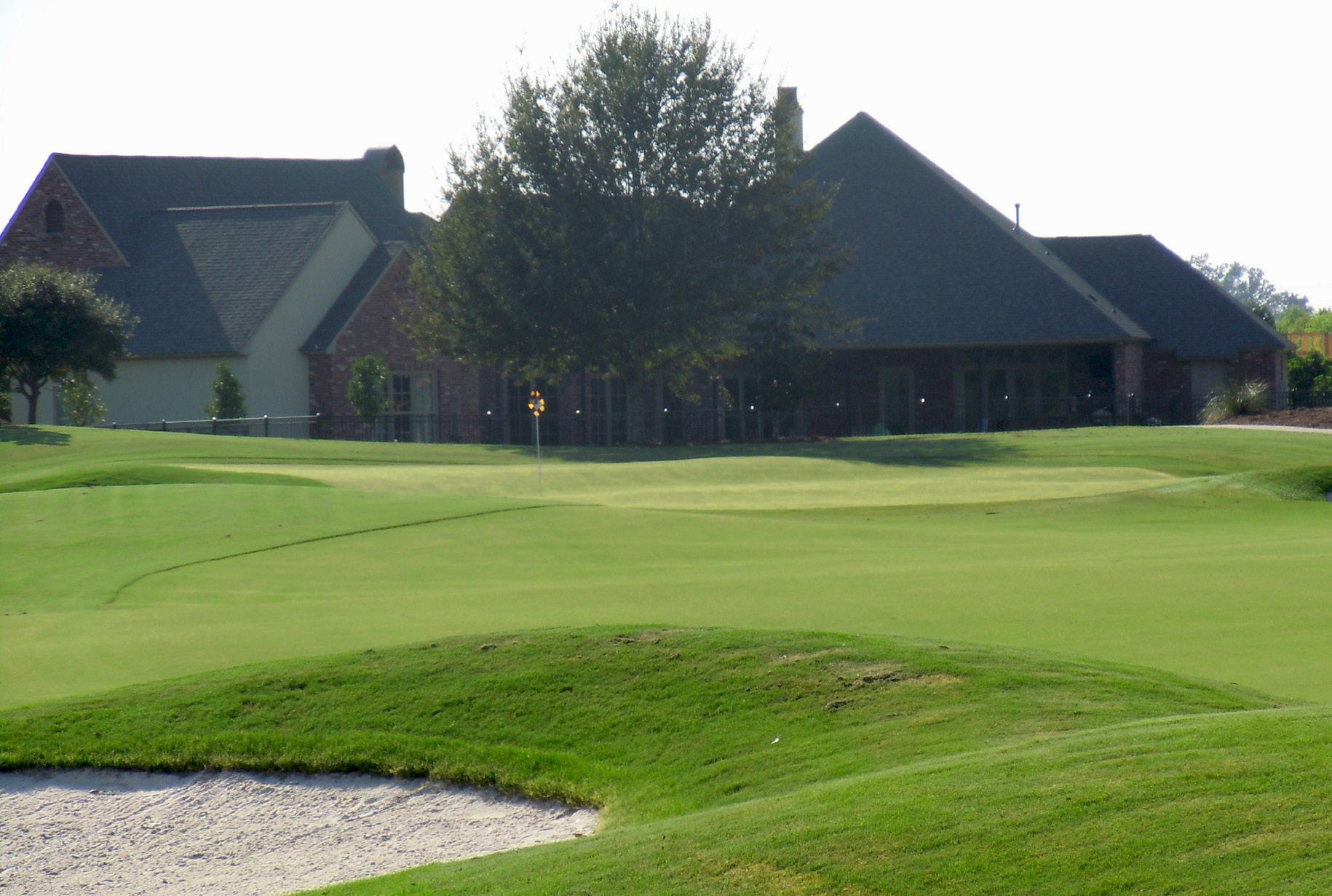
1 minute read
Practice Facilities
No. 7

No. 7 – Par 4 – 471-457-431-401-349 The beginning of a tough stretch of three holes to close the front nine. Native grasses replaced the wetlands in front of the tee box. A fairway bunker has been added and a grass hollow is now left of the green.
No. 8 – Par 3 – 222-188-166-130-107 The long par-three eighth hole has undergone a complete renovation. The tee box has been reshaped and elevated by seven feet. The water on the hole has expanded to the front left of the green. The putting surface has been reshaped with three new bunkers.

No. 9 – Par 4 – 486-467-443-394-345 The second-longest par-four on the course has several trees down the right side. Waste bunkers have been replaced by pine hammock areas and native grass comes into play on the left side. The result is a tighter landing area to try to place a drive.
No. 8
No. 10 No. 11


No. 10 – Par 4 – 484-444-402-354-327 Golfers will notice the trees down the left side that give the hole definition. The approach shot will have to avoid pine hammocks short and right of the green.

No. 11 – Par 5 – 567-557-516-484-429 This long par-five has native dunes on the left side. A fairway bunker in the middle of the fairway that is 110 yards out from the green will cause approach problems. The water down the right has been extended close to the newly-elevated green, placing a premium on getting the ball to the hole.
No. 12 – Par 4 – 422-410-368-350-307 Several trees will cause problems with errant drives on both sides of the hole. A new sand bunker has replaced a grass bunker in front of the green. An accurate tee shot is a must.










